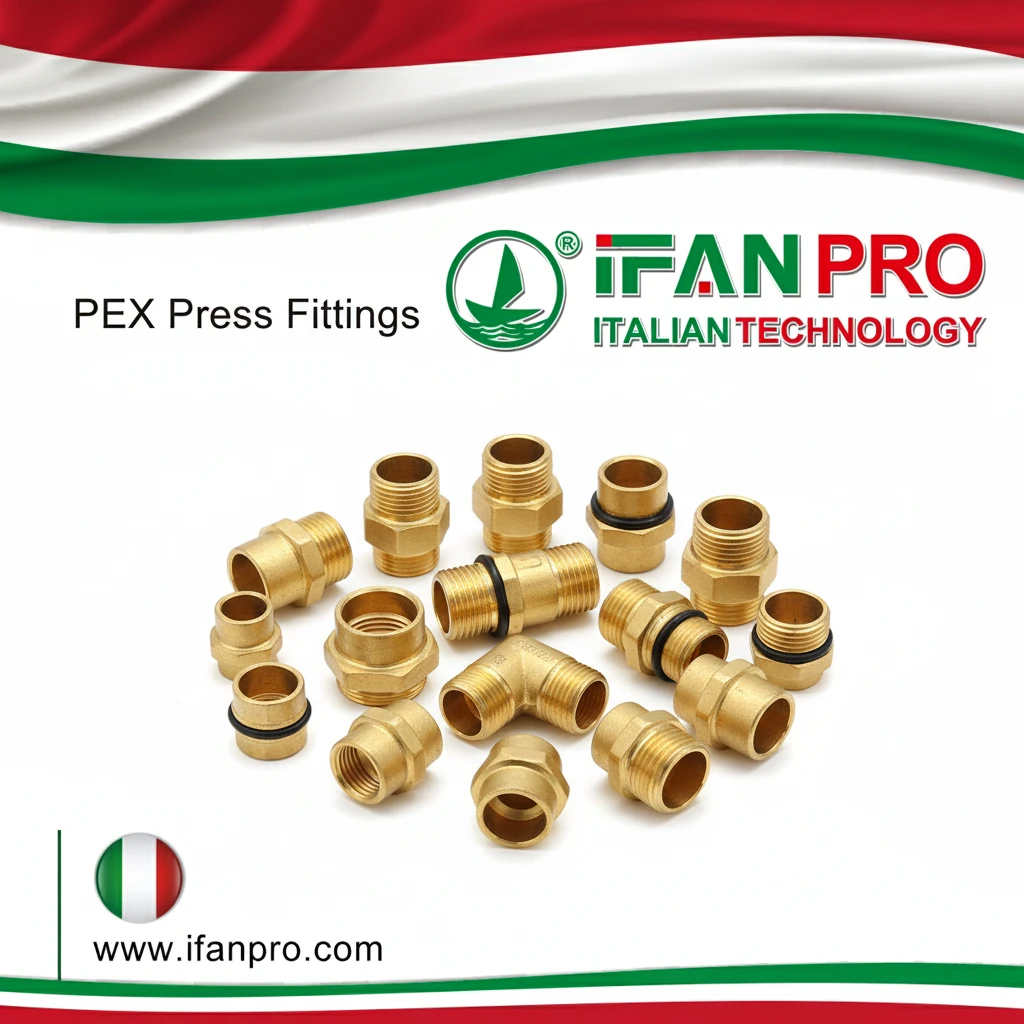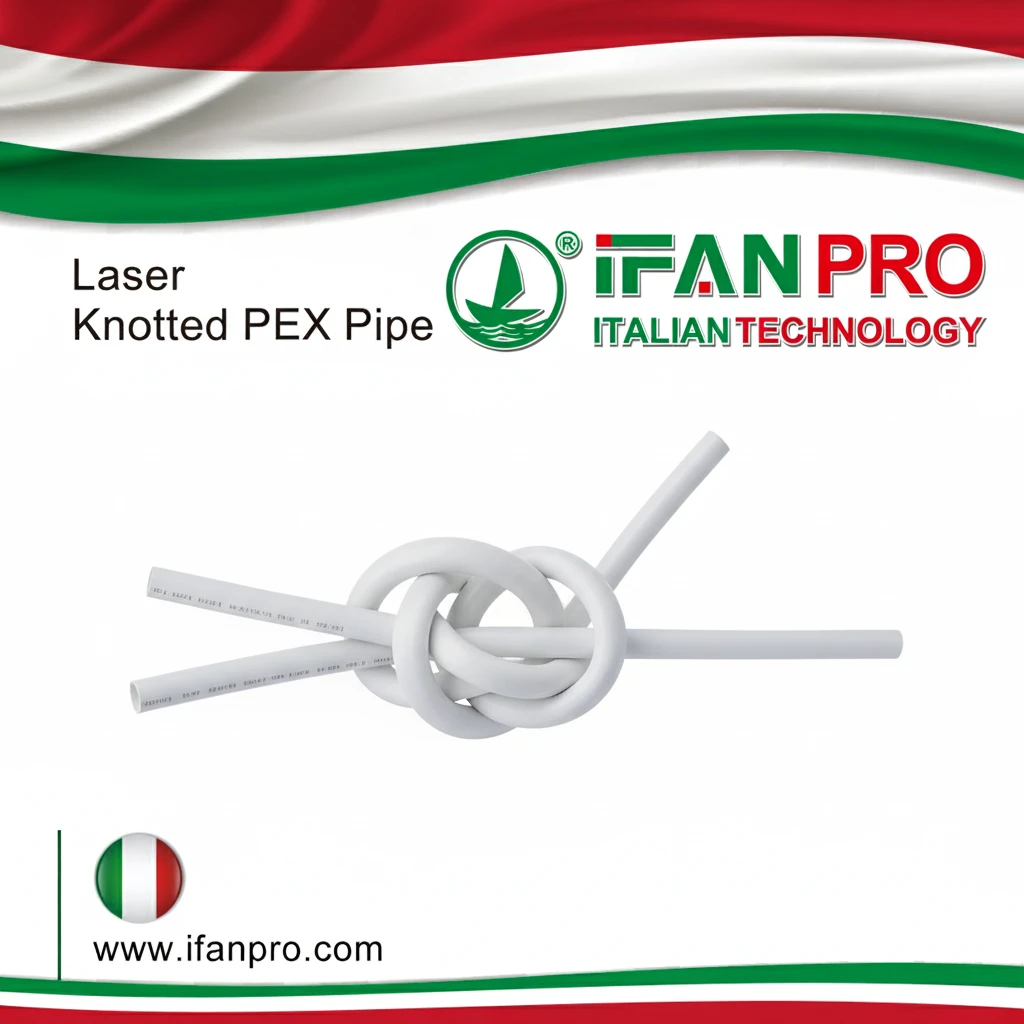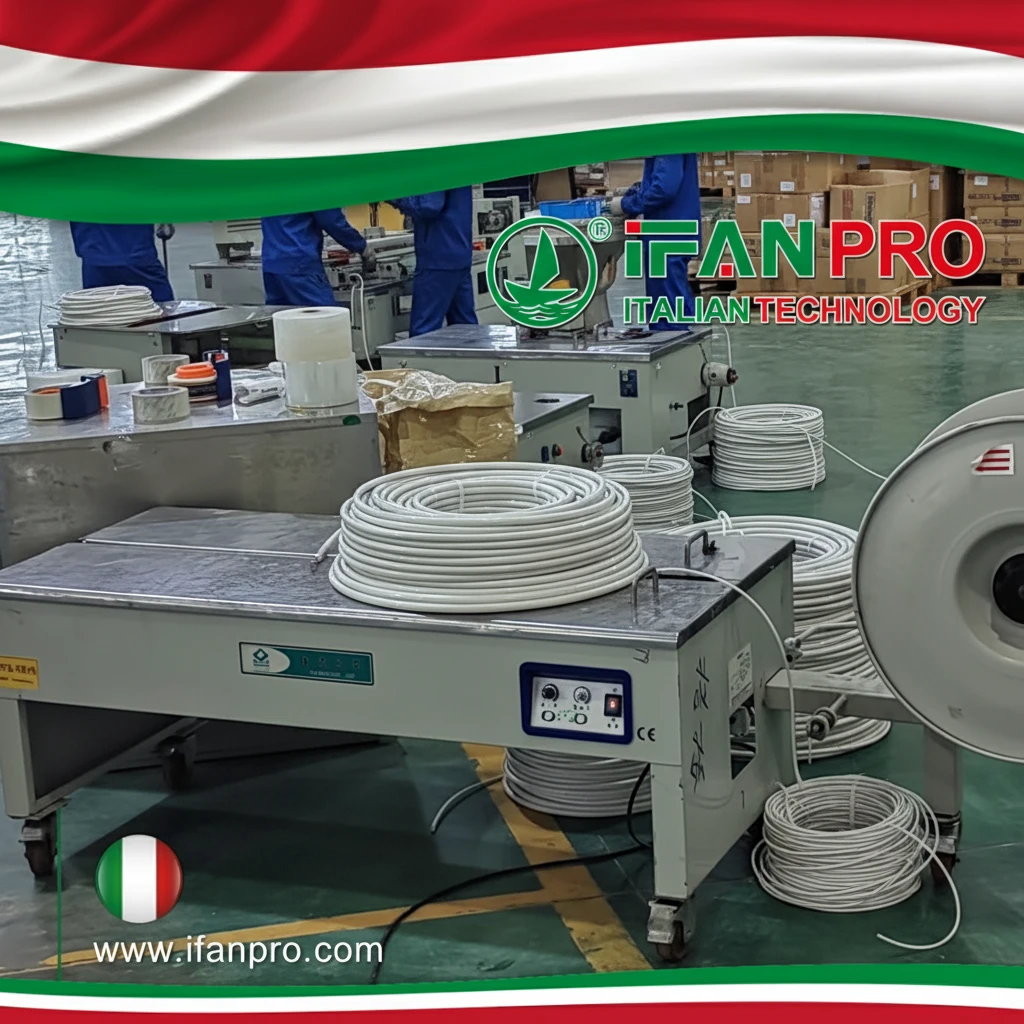I often hear clients worry if PEX press fittings will last for years without failing. They fear leaks and costly repairs, but from my work at IFAN, I’ve seen how reliable these fittings can be when chosen and installed correctly.
Yes, PEX press fittings are highly reliable for long-term use because they undergo rigorous testing, use durable materials, and maintain a tight seal over decades. Their design resists corrosion and stress, ensuring performance in various plumbing systems without significant degradation.
If you’re still unsure, keep reading to explore the key factors that make PEX press fittings a trustworthy choice for your projects.
What testing standards verify PEX press fittings long-term reliability?
Many people ask how we can be sure PEX press fittings won’t fail over time. I’ve faced this doubt myself when clients worry about hidden defects. But international standards provide clear proof through repeated tests.
Testing standards like ASTM F877, ISO 15875, and NSF 61 verify long-term reliability by assessing pressure endurance, temperature resistance, and material stability. These tests simulate years of use to ensure fittings don’t leak, crack, or degrade under normal plumbing conditions.

Key Testing Standards Explained
When we talk about long-term reliability, it’s not just about guessing—it’s about following strict rules that check every part of the fitting. Let me break this down so it’s easy to understand. First, let’s look at the main standards. ASTM F877 is a common one from the United States. It tests how well PEX press fittings handle water pressure over time. For example, it might involve putting fittings under high pressure for thousands of hours to see if they hold up. If they pass, it means they’re built to last. Similarly, ISO 15875 is an international standard that checks things like resistance to heat and cold. This is important because plumbing systems face temperature changes every day. NSF 61 focuses on safety, making sure the materials don’t leak harmful chemicals into the water. Together, these standards cover the big worries: pressure, temperature, and health.
Why These Standards Matter
But why do these tests matter? In my experience at IFAN, I’ve seen that without them, fittings might seem fine at first but fail later. For instance, a fitting that isn’t tested for long-term pressure could develop tiny cracks after a few years. That leads to leaks and water damage. The tests prevent this by pushing fittings to their limits in labs, so we know they’ll work in real life. Now, let’s compare some key standards in a table to make it clearer:
| Standard | What It Tests | Why It Matters |
|---|---|---|
| ASTM F877 | Pressure endurance over time | Ensures fittings don’t burst or leak under stress |
| ISO 15875 | Temperature and environmental resistance | Prevents failure in hot or cold conditions |
| NSF 61 | Material safety and leaching | Keeps water clean and safe for use |
How Standards Are Applied
Another point is how manufacturers apply these standards to get certifications. When we source fittings at IFAN, we always check for these marks. It’s like a guarantee that the product has been through tough checks. For example, if a fitting meets ASTM F877, it means it can handle pressures like those in home or building pipes without breaking down.
Material Considerations
Also, think about the materials used. PEX press fittings are made from cross-linked polyethylene, which is flexible and strong. The testing standards make sure this material doesn’t wear out. In one case, a client had issues with non-certified fittings that degraded in acidic water. But with certified ones, that problem disappeared because the tests include checks for chemical resistance. In short, these testing standards are not just paperwork—they are practical tools that give us confidence. By relying on them, we avoid the pain of unexpected failures and ensure that PEX press fittings will serve well for decades.
How do PEX press fittings prevent leaks under high pressure conditions?
I’ve dealt with leaks in plumbing systems, and they always cause big headaches. Clients fear high pressure will blow fittings apart, but PEX press fittings are designed to seal tightly even under stress.
PEX press fittings prevent leaks under high pressure through their press-fit mechanism, which creates a uniform seal without gaps. The PEX material expands slightly under pressure, filling any tiny spaces, and the metal sleeve locks everything in place to maintain integrity over time.
Press-Fit Technology Basics
Leaks can ruin a plumbing system, so it’s crucial to understand how PEX press fittings handle pressure without failing. Let’s dive into the details of their design and why it works so well. First, the press-fit technology is key. When you use a press tool on the fitting, it squeezes a metal sleeve around the PEX pipe. This action forms a tight, even seal that doesn’t rely on glue or heat, like in soldered joints. Because the pressure is applied evenly, there are no weak spots where leaks could start. I remember a project where traditional fittings leaked after pressure spikes, but PEX press ones held firm because of this uniform seal.
Material Flexibility Under Pressure
Another factor is the material itself. PEX is flexible, so when water pressure increases, the pipe and fitting can expand a little without breaking. This flexibility absorbs the stress, unlike rigid materials that might crack. For example, in high-pressure scenarios like multi-story buildings, PEX press fittings handle the load better because they “give” a bit instead of fighting the pressure. Let’s look at how this compares to other types in a table:
| Fitting Type | How It Handles High Pressure | Risk of Leaks |
|---|---|---|
| PEX Press | Uniform seal with metal sleeve | Very low |
| Copper Soldered | Rigid joint with solder | Moderate if solder fails |
| PEX Crimp | Crimp ring compression | Low, but can loosen over time |
Additional Design Features
Also, the design includes features like O-rings or gaskets in some models, which add an extra layer of protection. These components withstand pressure changes without wearing out. In my work, I’ve seen that fittings with these parts perform better in systems with frequent pressure surges, like in industrial settings. Why does this matter for you? If you’re installing plumbing in a place with variable water pressure, PEX press fittings reduce the chance of leaks that lead to water damage and repairs. Tests show they handle pressures well above normal levels, so even in emergencies, they stay secure. In summary, the combination of a tight mechanical seal and flexible materials makes PEX press fittings a reliable choice for high-pressure conditions, giving you peace of mind.
What maintenance advantages do PEX press fittings offer over other methods?
As a plumbing professional, I’ve spent hours fixing maintenance issues with old fittings. Clients hate constant upkeep, but PEX press fittings cut down on this work dramatically.
PEX press fittings offer maintenance advantages like no need for regular tightening, resistance to corrosion, and easy visual inspections. Unlike soldered or threaded fittings, they don’t degrade over time, reducing the frequency of repairs and saving time and money on upkeep.
Comparison with Traditional Methods
Maintenance can be a big cost and hassle in plumbing, so it’s worth seeing why PEX press fittings make life easier. Let’s explore how they outperform other methods and what that means for your projects. First, think about traditional methods like copper soldering or galvanized steel threading. They often need checks for leaks, re-tightening, or even replacement due to corrosion. PEX press fittings, on the other hand, use materials that don’t rust or corrode. This means you don’t have to worry about them weakening from water or chemicals. I’ve had clients switch to PEX press and see their maintenance calls drop because the fittings stay intact for years.
Installation and Inspection Benefits
Another advantage is the installation process. With press fittings, you don’t use heat or glue, so there’s no risk of joint failure from poor soldering or adhesive wear. Once pressed, the fitting is set and rarely needs adjustment. For example, in a large building, this means fewer inspections and less downtime for repairs. Let’s compare maintenance needs in a table:
| Maintenance Task | PEX Press Fittings | Traditional Fittings |
|---|---|---|
| Regular tightening | Not needed | Often required |
| Corrosion checks | Rarely needed | Frequent |
| Joint repairs | Very low | Common |
| Visual inspections | Easy and quick | Can be complex |
Real-World Examples
Also, PEX press fittings are simple to inspect. You can often see if they’re properly installed without tools, and their design makes it hard for problems to develop. In one case, a school district used these fittings and cut their plumbing maintenance budget because the fittings didn’t need the constant care that threaded ones did. Why is this important? If you’re managing multiple properties or tight schedules, lower maintenance means less stress and cost. PEX press fittings keep systems running smoothly with minimal intervention, so you can focus on other tasks. In short, the durability and simple design of PEX press fittings lead to significant maintenance savings, making them a smart choice for any plumbing system.
Why are PEX press fittings suitable for demanding plumbing applications?
I’ve worked on tough projects where plumbing faces extreme conditions, and clients need fittings that won’t quit. PEX press fittings excel here because they’re built for challenge.
PEX press fittings are suitable for demanding applications due to their high temperature and pressure tolerance, corrosion resistance, and flexibility. They perform well in environments like industrial plants or high-rise buildings, where reliability is critical to avoid system failures.
Handling Extreme Conditions
Demanding plumbing means places with high stress, like factories or crowded buildings, where failures can cause big problems. Let’s look at why PEX press fittings are up to the task and how they handle these tough situations. First, their material strength is a big factor. PEX can handle temperatures from below freezing to very hot, which is common in heating systems or outdoor installations. I’ve used them in projects where temperature swings were extreme, and they didn’t crack or leak, unlike some plastic fittings that become brittle.
Vibration and Movement Resistance
Another reason is the press connection itself, which stays secure under vibration or movement. In applications like machinery or vehicles, where pipes shake, PEX press fittings don’t loosen easily. This reduces the risk of leaks that could lead to downtime or safety issues. Let’s see how they stack up in different demanding scenarios in a table:
| Application | Why PEX Press Fittings Work | Benefits |
|---|---|---|
| Industrial plants | Resist chemicals and high pressure | Fewer shutdowns |
| High-rise buildings | Handle vertical pressure loads | Consistent water flow |
| Outdoor systems | Tolerate weather changes | Long-lasting performance |
| Renovations | Easy to install in tight spaces | Saves time and labor |
Versatility and Ease of Use
Also, PEX press fittings are versatile. People can use them in a wide range of settings without special tools for each job. For instance, in a hospital renovation, we used them to quickly update pipes without disrupting daily operations, and they held up under heavy use. Why should you care? If you’re dealing with complex plumbing needs, these fittings offer a reliable solution that adapts to challenges. They help you meet codes and standards while keeping costs under control. In summary, PEX press fittings are a robust choice for demanding applications because they combine strength, flexibility, and ease of use, ensuring your systems run smoothly even under pressure.
Заключение
PEX press fittings are a reliable, low-maintenance choice for long-term plumbing needs. For quality options, consider IFAN’s products to ensure performance and support.













Последние комментарии